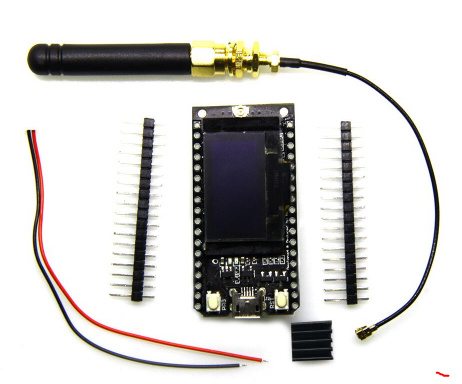Sorry for the late reply… on RANGE:
- Has anyone managed to get better than 30m range on 868Mhz?
I have the TTGO not the Heltec, so doesn’t really have any good labelling on the board. Someone on the facebook group suggested that the SX1276 chipset may be connected up incorrectly to the aerial - i.e. to the 433mhz output, not the 868 output; thus the terrible range! I can’t check until I’m in the lab with the right magnifying equipment next week. - The aeriel on my TTGO isn’t the silly coil, it’s a stubby GSM-style aerial - with a cable (which are liable to break also!)
For reference, it’s this one:
https://goo.gl/nsTvn8
